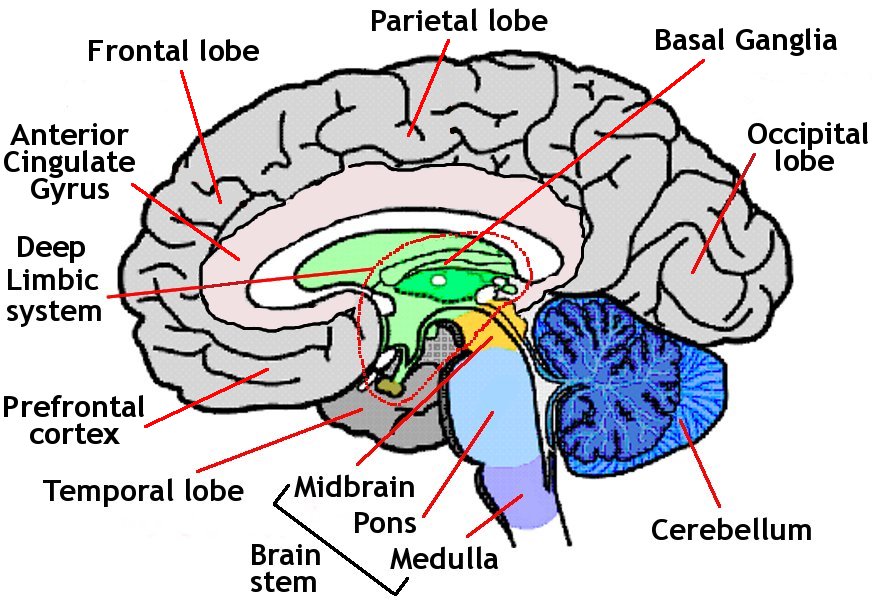
In the brain there are four types of glial cells: astrocytes, oligodendrocytes, microglia, and ependymal cells. Neuroglia, or glial cells, act as the helper cells of the brain they support and protect the neurons. Interneurons send signals to motor neurons, which carry signals to muscles and glands. Most of the neurons in the brain’s gray matter are interneurons, which are responsible for integrating and processing information delivered to the brain by sensory neurons. Sensory neurons entering the brain from the peripheral nervous system deliver information about the condition of the body and its surroundings. Neurons, or nerve cells, are the cells that perform all of the communication and processing within the brain. Histologyīrain cells can be broken into two groups: neurons and neuroglia. Neuroanatomists have a word to describe the brainstem sub-region of our hindbrain, calling it the myelencephalon, while they use the word metencephalon in reference to our cerebellum and pons collectively.īefore exploring these different regions of the brain, first let’s define the important types of cells and tissues that are the building blocks of them all.

The forebrain (or prosencephalon) is made up of our incredible cerebrum, thalamus, hypothalamus and pineal gland among other features.

Let’s use a common method and divide the brain into three main regions based on embryonic development: the forebrain, midbrain and hindbrain.

There are different ways of dividing the brain anatomically into regions. In the study of the body doctors, psychologists, and scientists are continually endeavoring to learn exactly how the many structures of the brain work together intricately to create our powerful human mind.


 0 kommentar(er)
0 kommentar(er)
